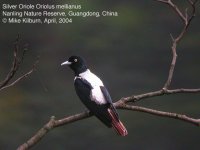John Cantelo
Well-known member
The guides on my trips that did photograph birds made sure everyone got on the bird and saw it to their satisfaction. Only then did they take their pictures.
Dave
Whilst everyone may have seen the bird to their satisfaction it still means that, whilst taking photos, the guide isn't focussed on finding other birds ....










